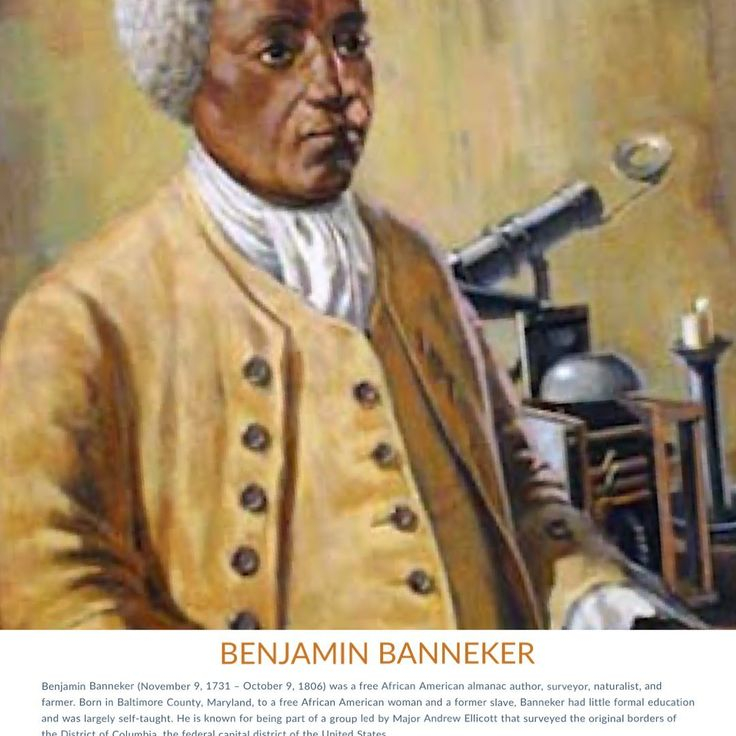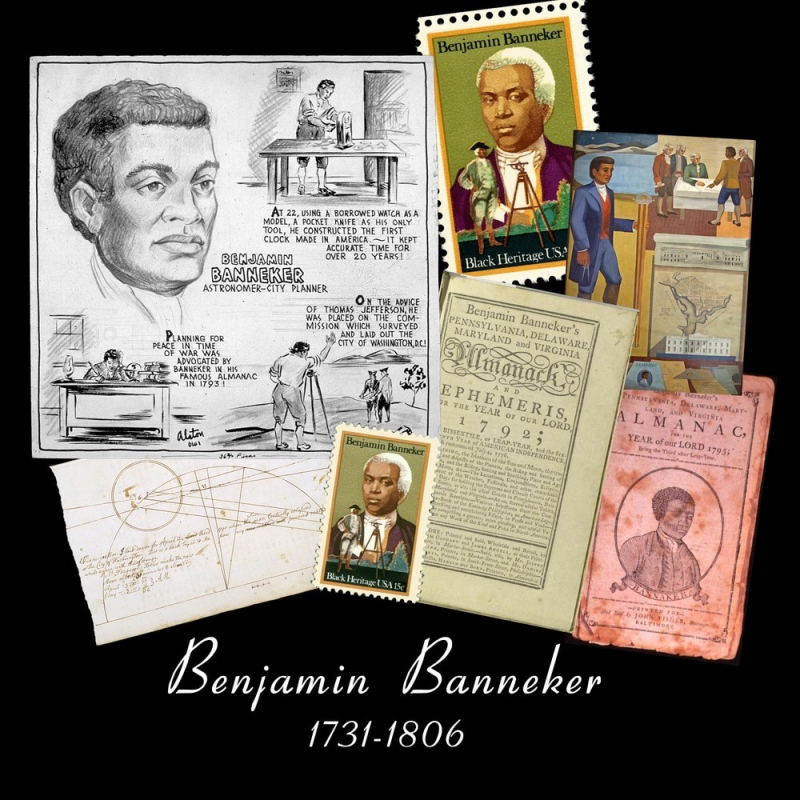Benjamin Banneker Was Largely Self-Taught
A Christian sect known as Quakers first appeared in England around the middle of the 17th century. The Quakers are well recognized for their support of racial equality and their involvement in the anti-slavery movement. An interesting fact about Benjamin Banneker is that while he was a teenager, he grew close to Quaker Peter Heinrichs. Benjamin had access to Heinrichs' personal library. Heinrcihs' one-room school was occasionally attended by Benjamin as well. These were the only lessons he received in class, and he mostly learned astronomy and advanced mathematics through the voracious reading of books he borrowed.
Because they favored equal rights for everyone, regardless of race, creed, or caste, the Quakers gained popularity. Benjamin was granted access to Heinrichs' library and a book loan. He only ever studied and learned in this chamber, including everything he knew about advanced mathematics and astronomy. For Benjamin, borrowed books were a blessing.
He quickly showed a special aptitude for maths. He constructed a wooden clock that kept accurate time when he was still a young man (possibly around age 20). George Ellicott, a Quaker and amateur astronomer whose family owned mills close by, urged Banneker to pursue astronomy as a field of study. Banneker started performing astronomical calculations as early as 1788, and he correctly foresaw a solar eclipse that took place in 1789. Banneker made more astronomical observations in 1791 while collaborating with Andrew Ellicott and others on the survey of the area that would become Washington, D.C.










